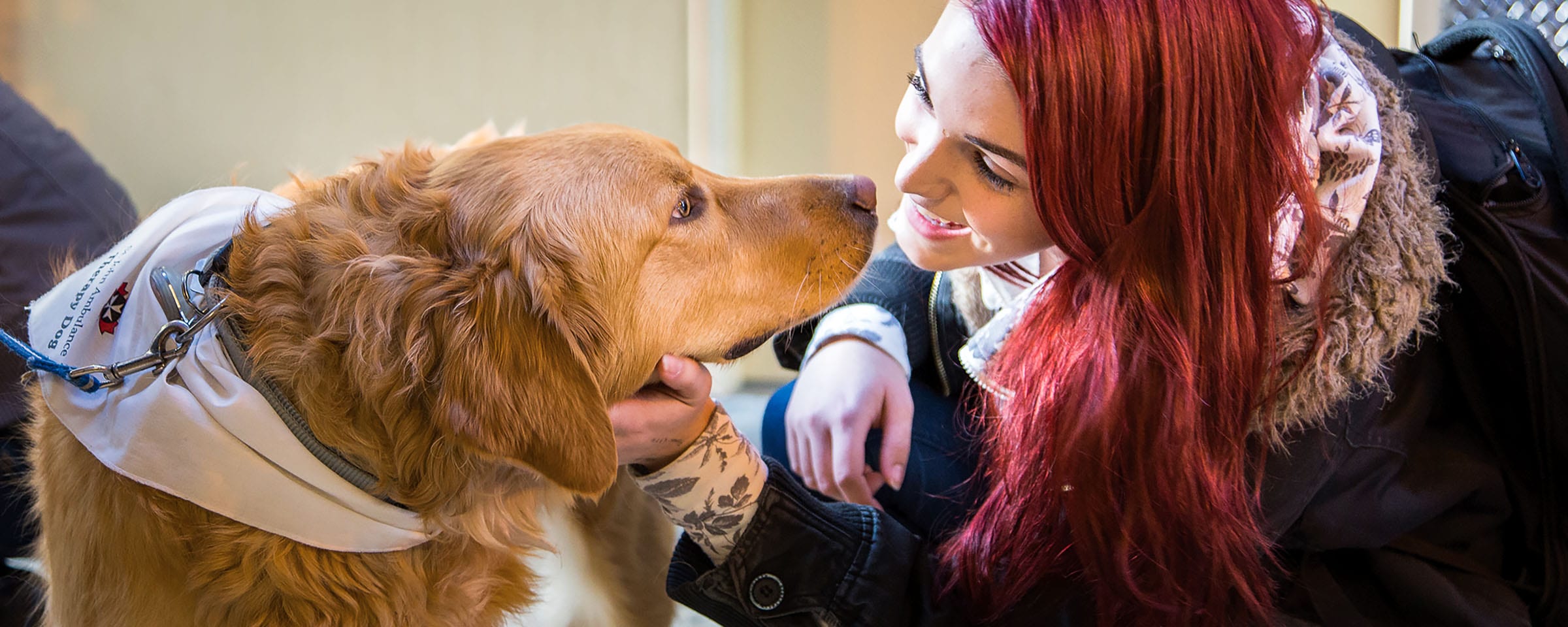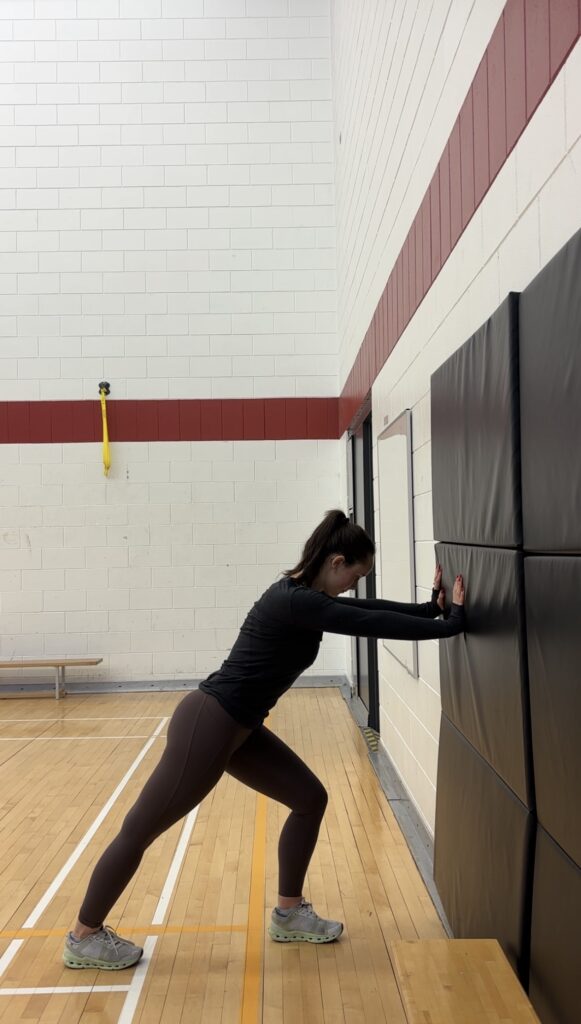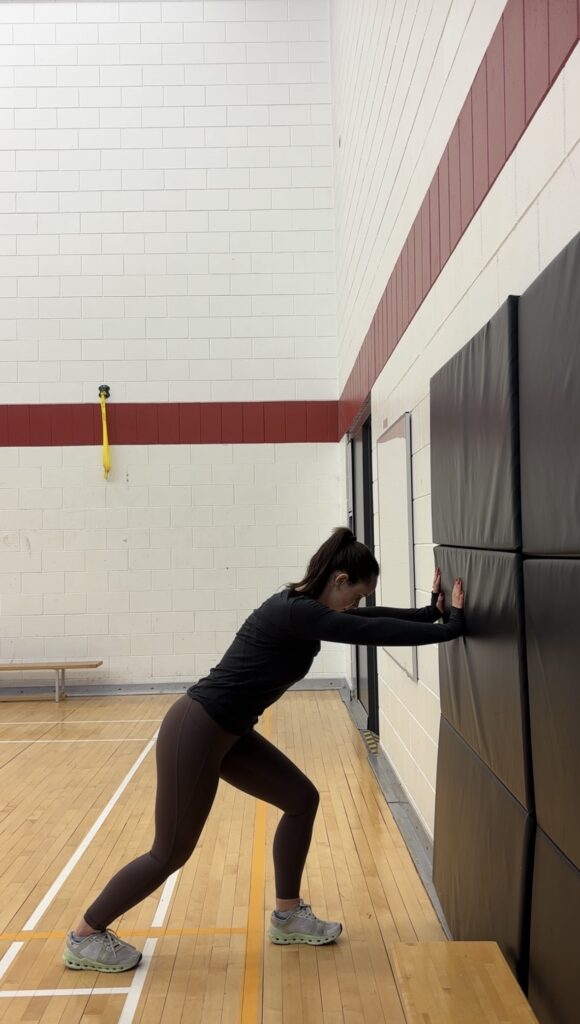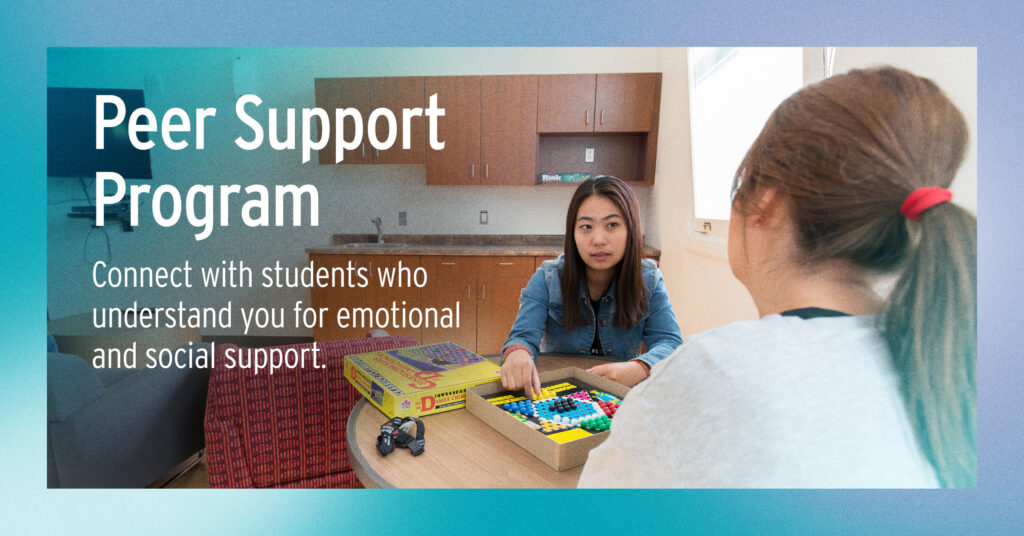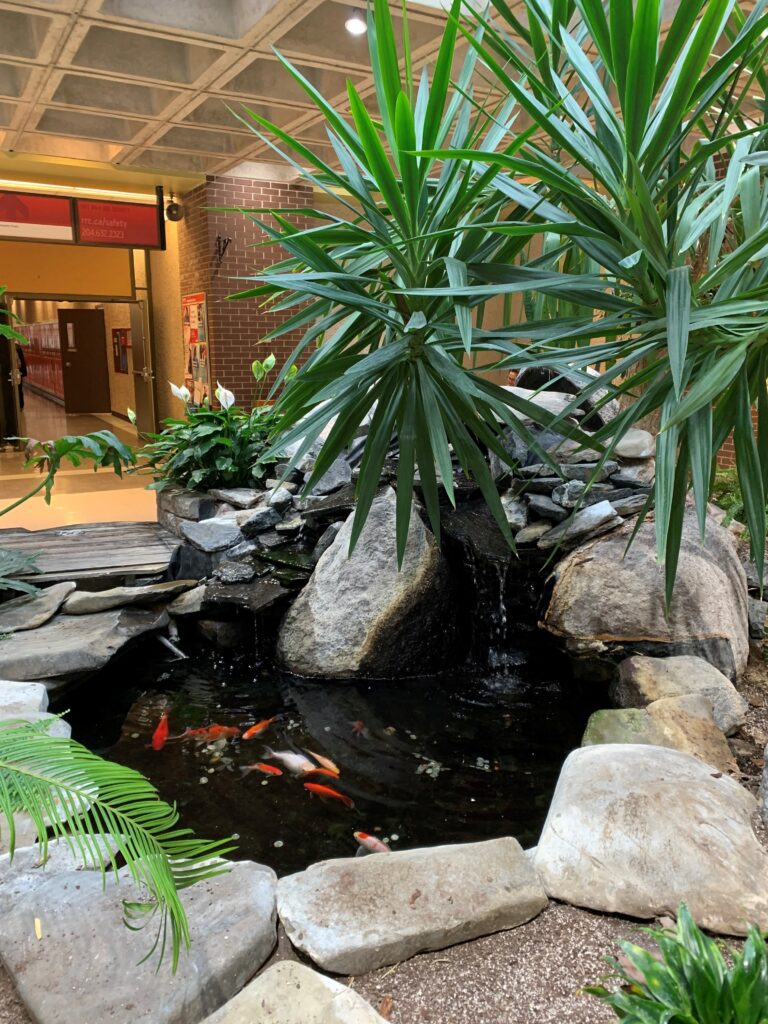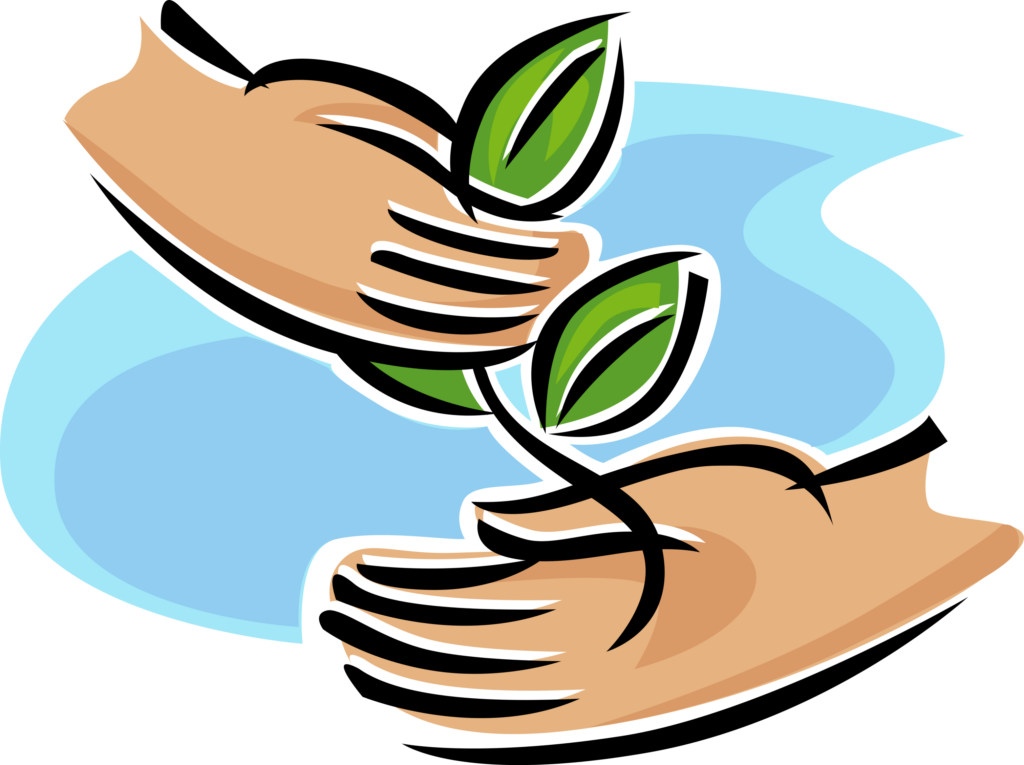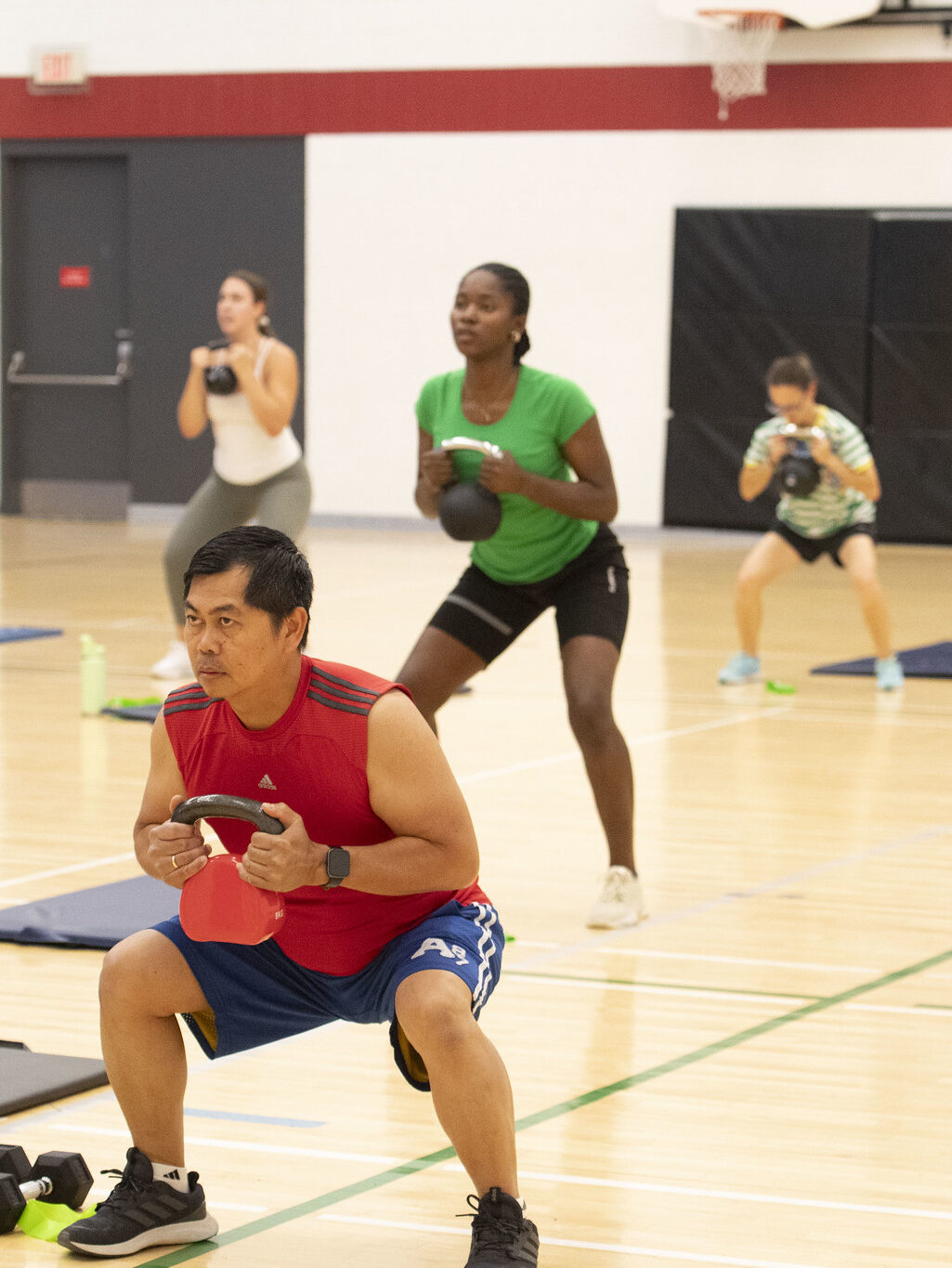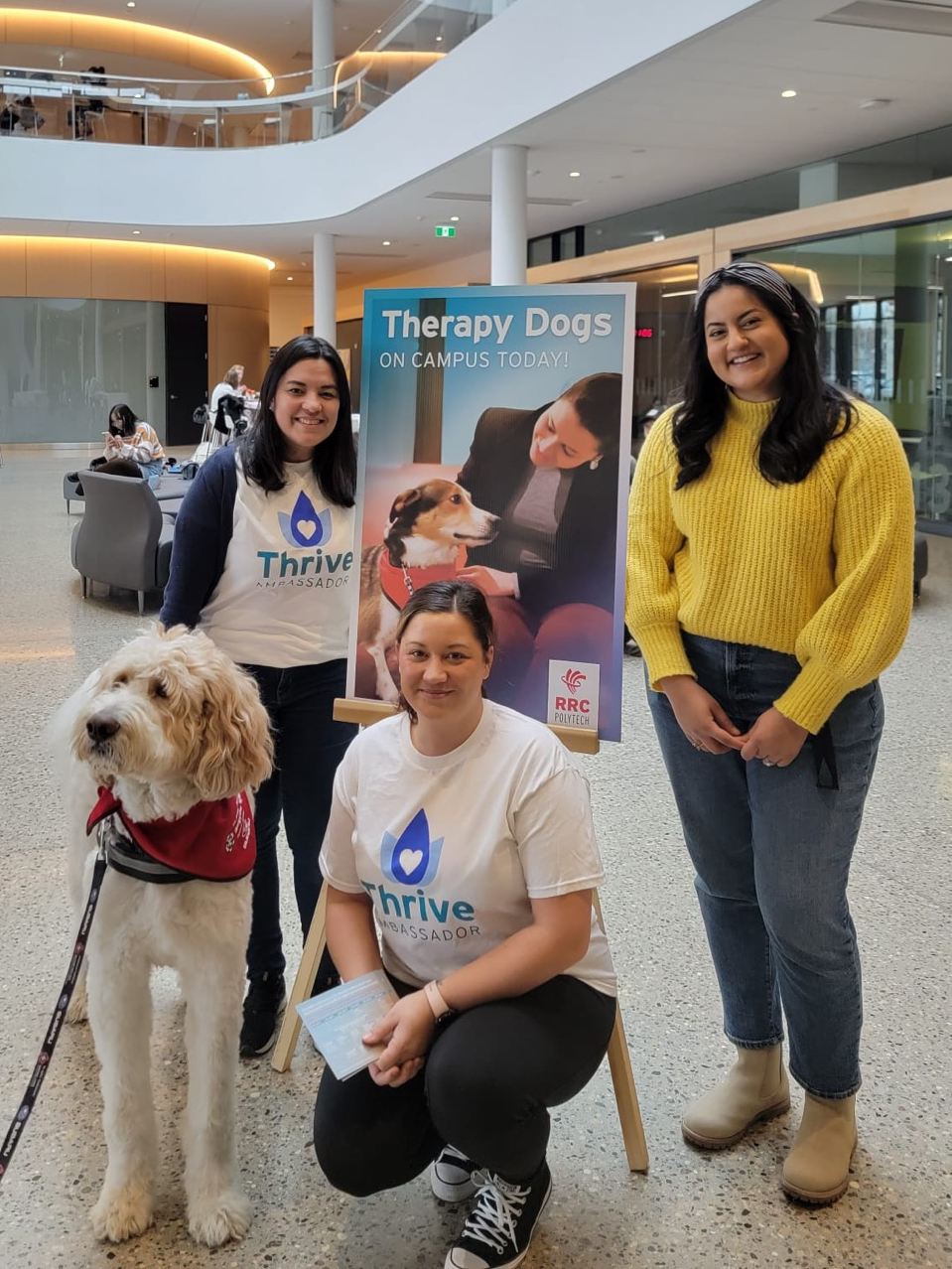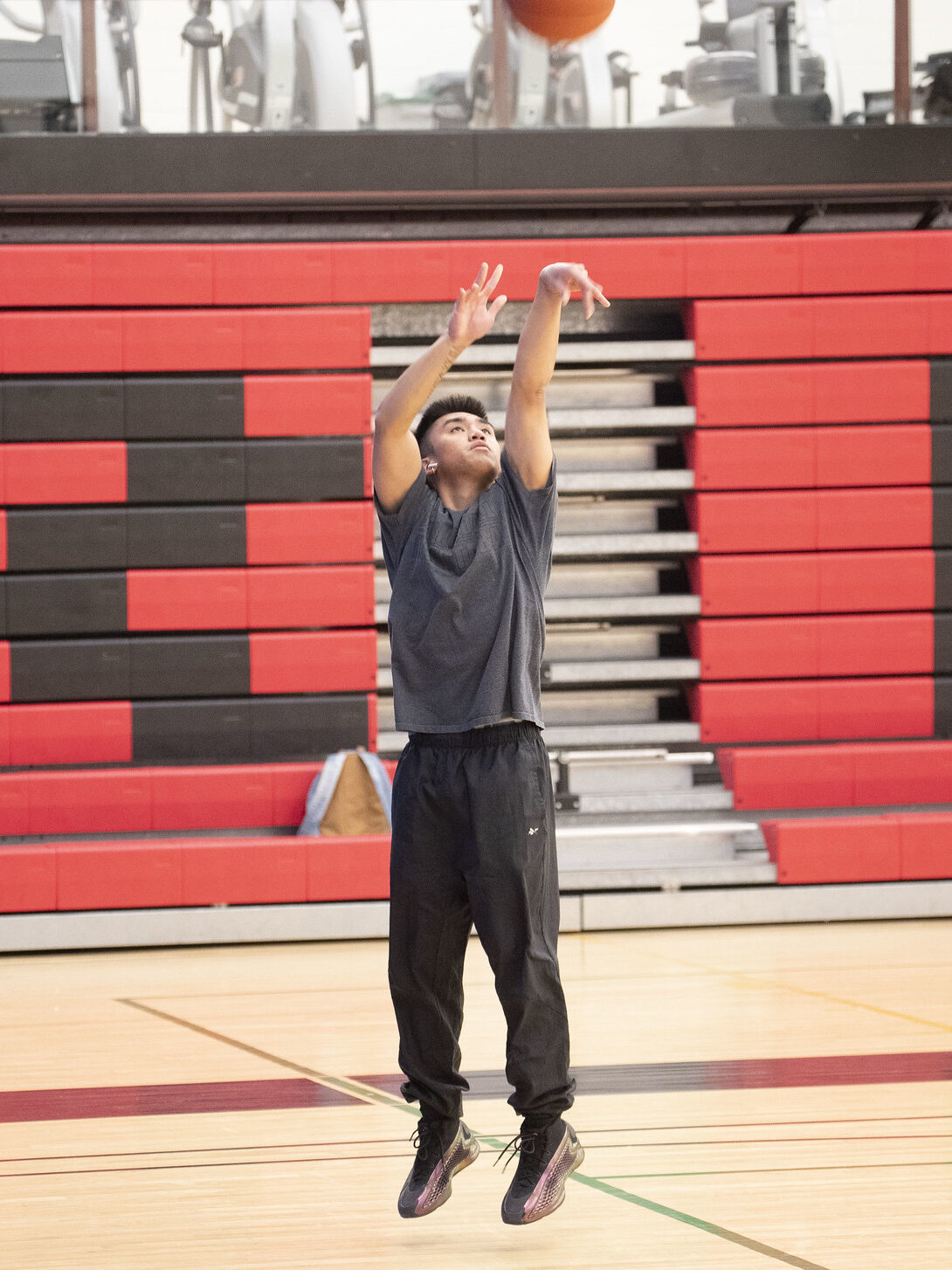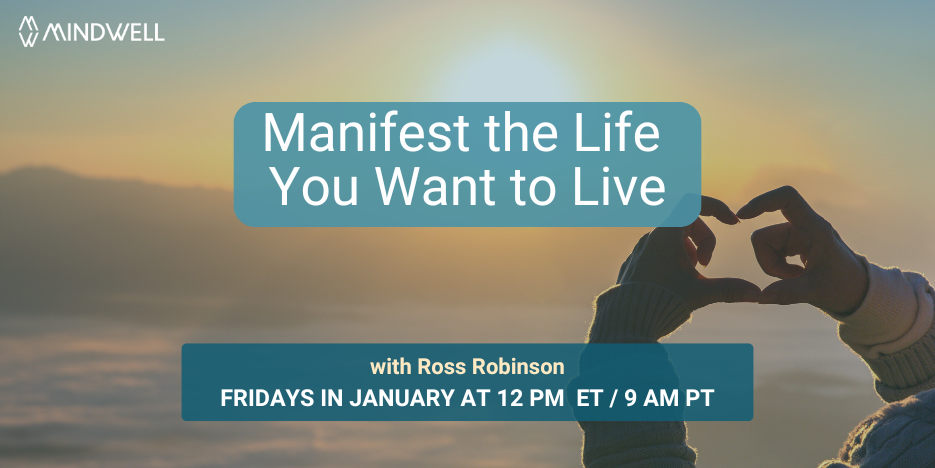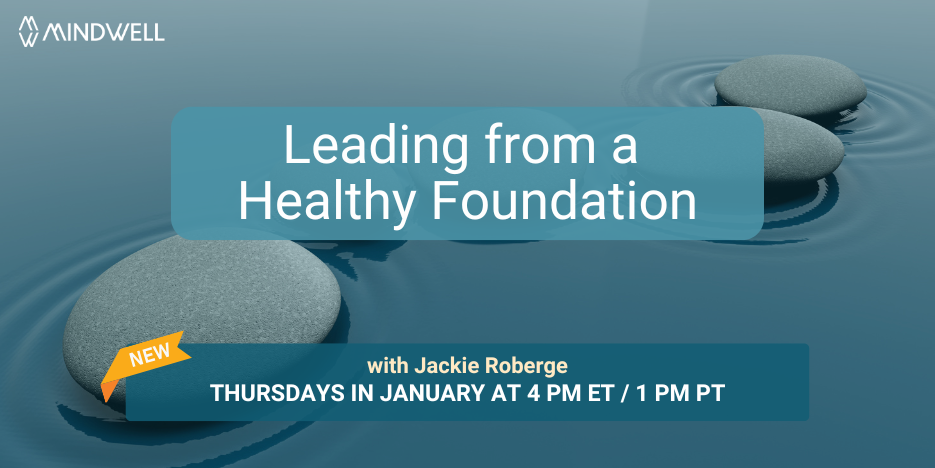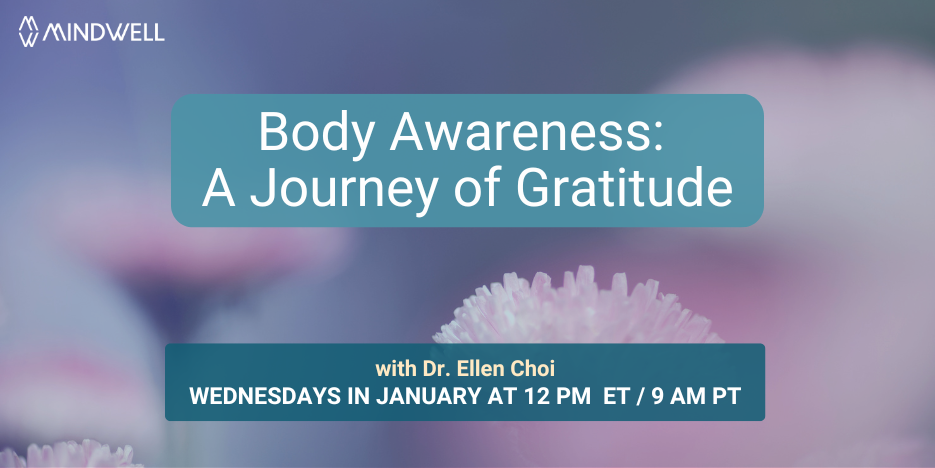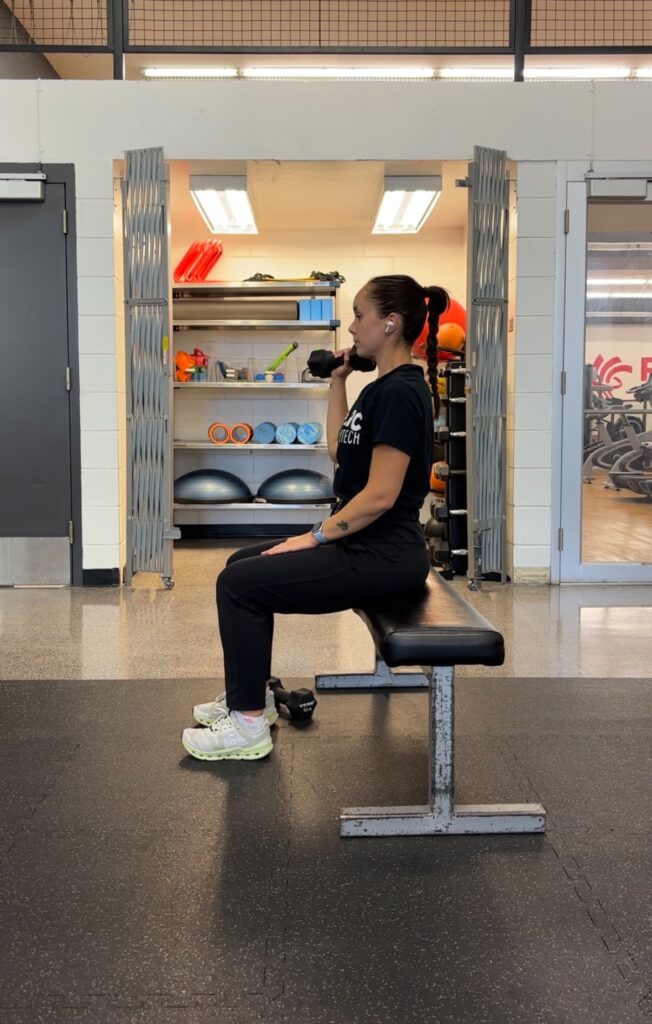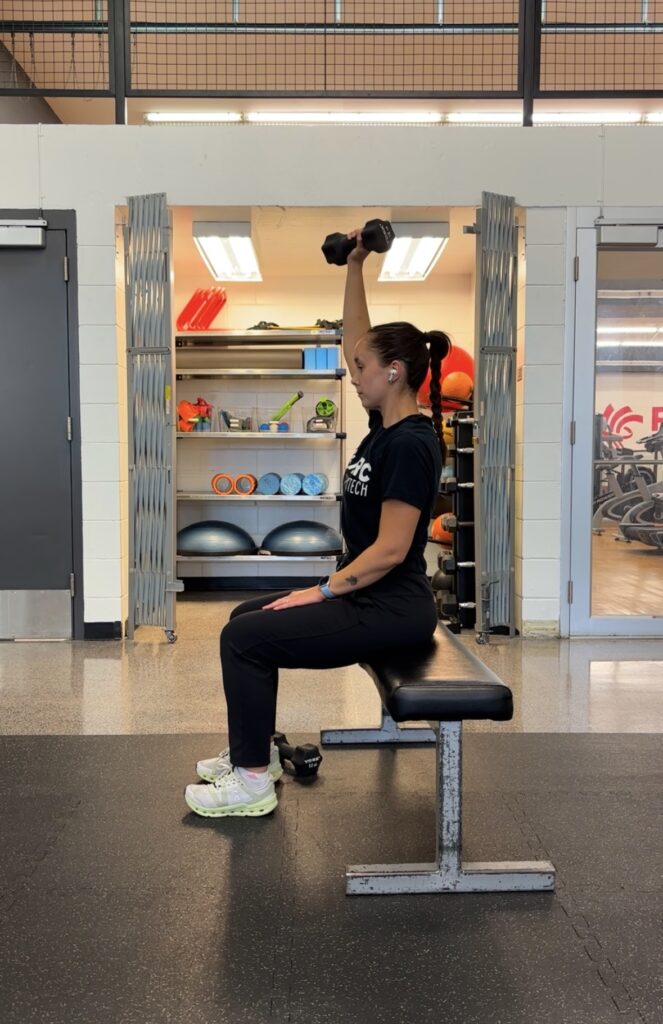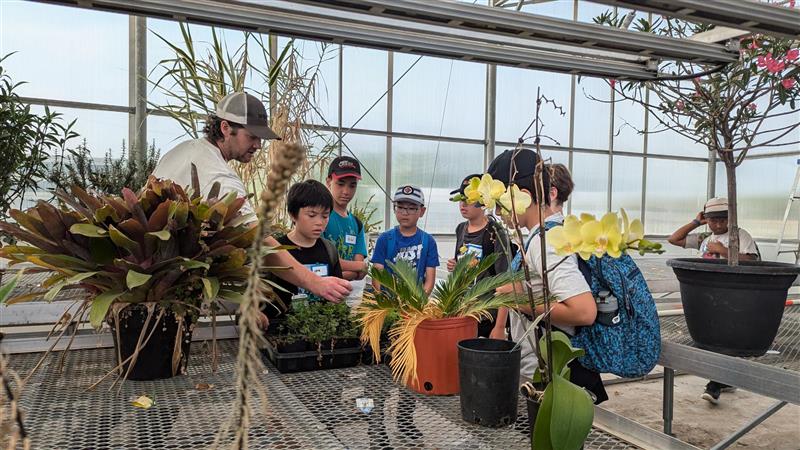February Well-Being Programs
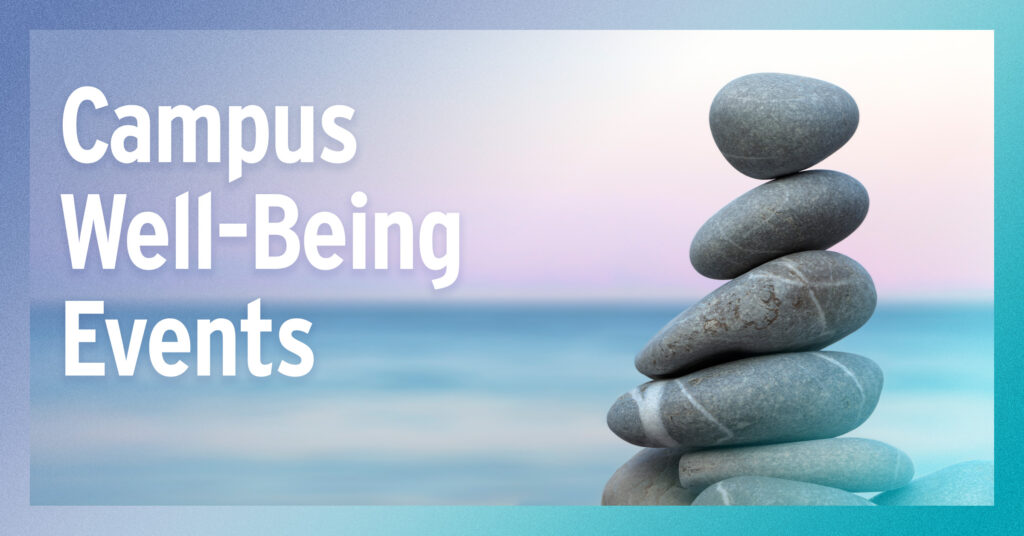
Whether you’re looking to make new friends, get some exercise, or nurture your mental well-being, we have a variety of programs to meet your needs. Come on out and do something good for yourself this February.
February offerings:
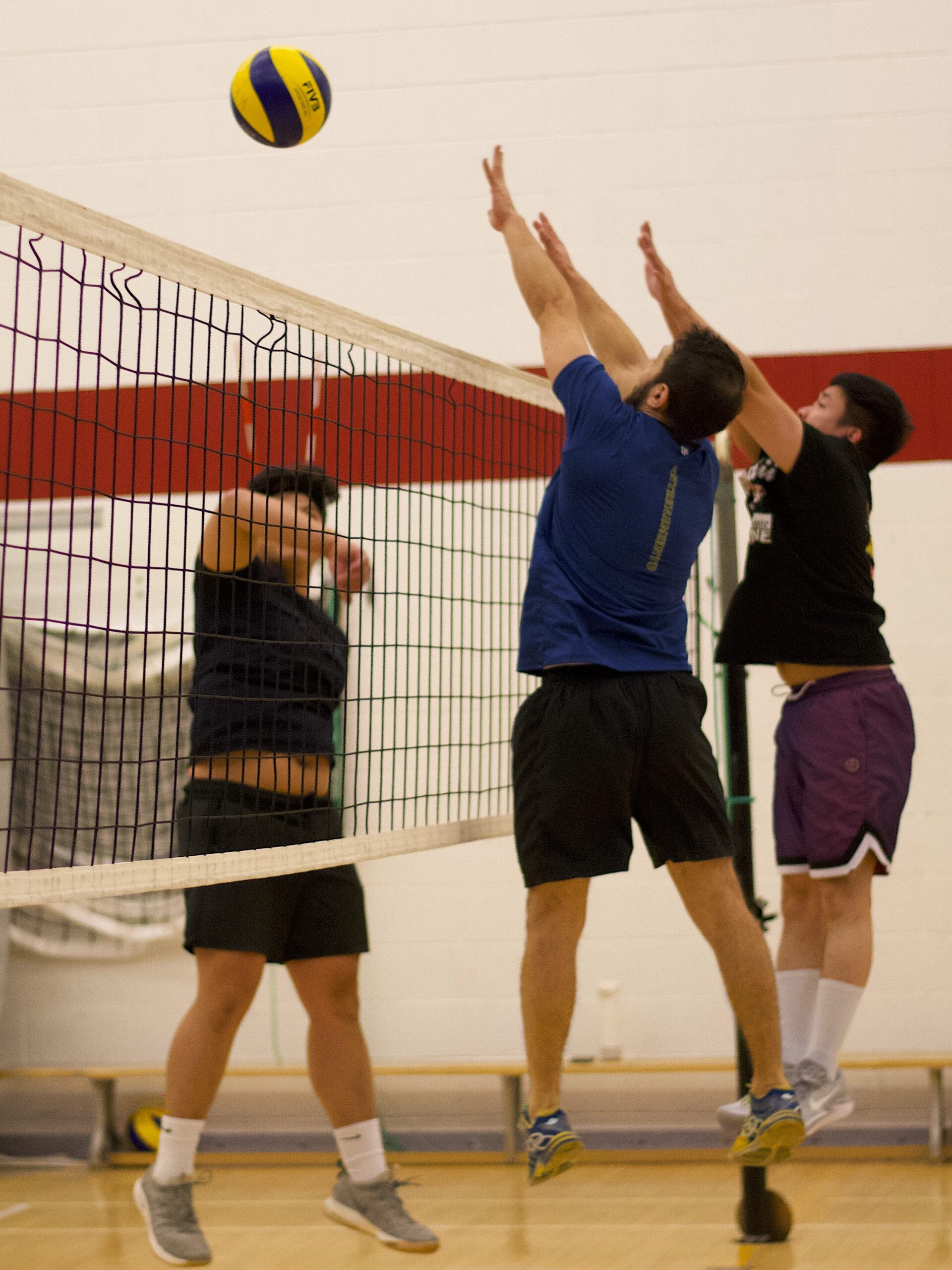
- Intramural Sport
- Badminton
- Basketball
- Futsal (indoor soccer)
- Volleyball
- Group Fitness
- Kickboxing Fitness
- Zumba
- Muscle & Mobility
- Strength & Conditioning
- Yoga (gentle flow, hatha, and vinyasa styles)
- Bhangra dance

- Wellness
- Therapy dog visits
- Pop-up cat cafés
- Safe Love, Strong Love Event
- Body neutrality workshop for Eating Disorders Awareness Week
- Virtual paint night
- Healthy nutrition habits workshop
- Recreation
- Make your own fairy garden
- Board game nights
- Pop-up game rooms
Browse the Member Portal to learn more and to register.
Most are free for all members!
What Can I Do on the Member Portal?
On the member portal, you can:
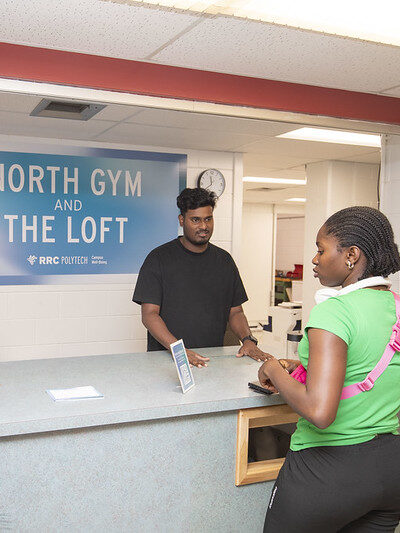
- View program schedules and register for:
- Group fitness, like yoga and kickboxing,
- Events like paint nights and cat cafés,
- Intramural sport.
- Register your child for a fun-filled in-service day camp.
- View program and facility calendars.
- Request to rent a gym.
- Purchase a facility membership (if you don’t automatically have one).
- Easily view all of your program registrations and even your facility visits.
Who is a Member?
Most students are charged a $24 mandatory wellness fee with their tuition, giving them an automatic membership that starts on their first day of classes. Students who are not charged this fee can opt in by paying their $24 right on the portal, on or after their first day of classes.
